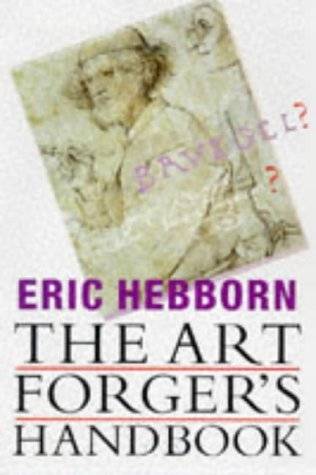Published by Cassell, 1998, softcover, illustrated, index, 200 pages, condition: new. Packed with wonderfully entertaining and often outrageous speculations about the nature of art, truth, and value, the world-renowned art forger--who died mysteriously before this book was published--details secrets of his techniques.
The best book I've read in a while, The Art Forger's Handbook is at once a book of art history, technique, and philosophy.
The book first covers drawings, and then paintings. In both sections, Hebborn describes the materials and tools that were originally used, why they were used, and modern alternatives. In one sense, it's the sort of information that one would need to forge old artwork -- but, honestly, how many forgers are going to read this book for their guidance? The real benefit to this book, and the reason I enjoyed it, is because it tells the story of how art and artists evolved over time, how old experts worked within the limitations of what was available to them.
Hebborn also describes the art market: the different types of people that buy and collect art, and how art dealers and auction houses work. I had only the faintest idea of the business side of art, and I found all the details fascinating.
Hebborn's writing style shines through in this book: playful, at once showing his reverence for the skill of the old masters while ostensibly telling people how to fake those same works. As an example, I reproduce this comment that I just flipped to, describing types of drawing ink: "It is not unknown for European manufacturers to wrap up the inferior sticks of their own making in fine rice-paper covered with alluring Chinese characters in a manner almost worthy of our good selves."
